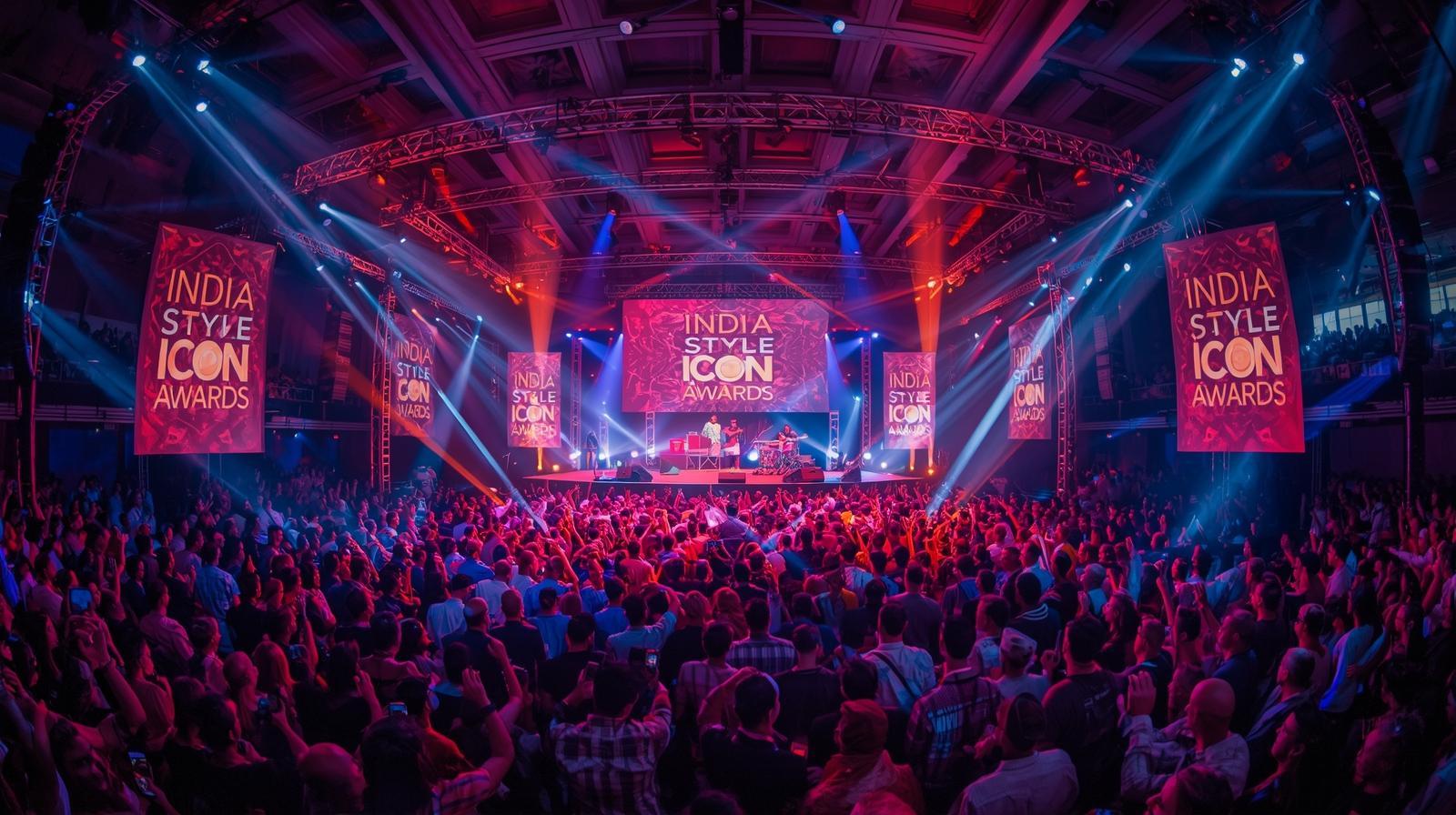What once might have been hidden under makeup or embarrassment is now being boldly displayed. The skin-care category of acne patches is undergoing a transformation, and it’s being driven in large part by Generation Z. These patches—once purely functional—are becoming fashion statements, social-media props, even accessories.
Young people are no longer quietly treating a pimple; instead they are sometimes owning it, sticking a colorful patch on, snapping a selfie, and posting it. This shift reflects a wider cultural change: acne is being destigmatised, visual representations and skincare is merging with self-expression.
Why this trend appeals to Gen Z
There are several forces at work that make this more than a fad:
-
Normalisation & self-acceptance: Patches signal that acne is normal. Rather than hiding a blemish, a visible patch says: “Yes, I have a spot—and I’ve got this.” Brands like Starface lead the way by making the patch bright and obvious instead of invisible.
-
Fashion + fun: The patches come in fun shapes and colours (stars, hearts, fruit motifs) and are visibly style accents.
-
Social media visibility: On platforms like TikTok and Instagram, the visual nature of the trend helps it spread. Users post the “before patch/after patch” or just wear their days-old patch out in public. It becomes content.
-
Instant-gratification & self-care: In the fast-paced digital era, something tangible and visible that “works” and looks good helps. A patch that visibly covers a spot and reduces redness gives a feeling of self-care and control.
Brands shaping the movement
Starface is a prime example. It launched in 2019 and turned hydrocolloid patches from a discreet acne tool into a visible accessory.
Their signature bright stars were intentionally noticeable. This approach resonated strongly with younger consumers seeking authenticity and pop-culture resonance.
For more style updates & exclusive fashion stories follow indiafashionicon.com

 info@indiafashionicon.com
info@indiafashionicon.com









